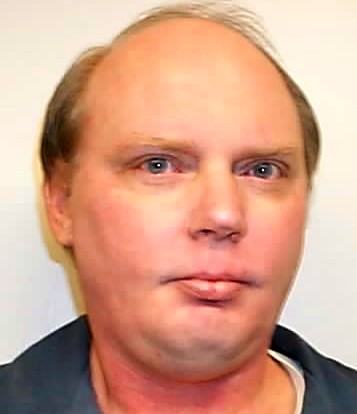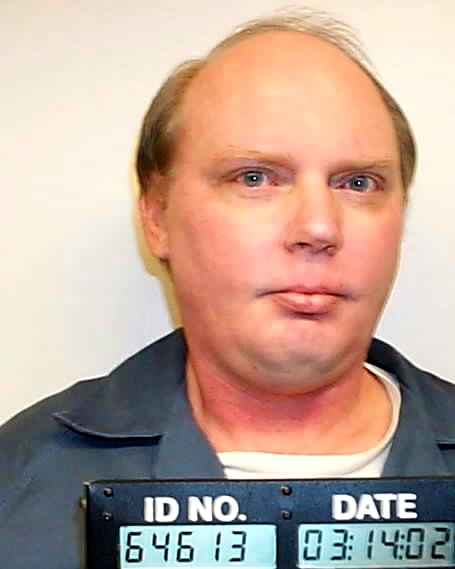They ruled that he fabricated false evidence, set
fire to the building where the bodies were found, and that he conspired
with his fiancee, Sonja Abitz, and her mother, Mary Abitz, to commit the
murders. Both women live near the scene of the crime, but are now in
Latah County Jail charged as co-conspirators in the murders and arson.
Forensic experts determined that Fontaine, 45, a
Missouri lawyer, and Palahniuk, 59, a retired Newman Lake man, died of
bullet and shotgun wounds at the wooded Latah County site where Fontaine
and her family were building a house. Firefighters and sheriff's
deputies found their charred bodies in the ashes of the garage-dwelling
on the property.
Sharing their disappointment at the verdict,
Shackelford's attorneys said the trial was difficult.
"Time, distance and volume of information" made it
complicated, said D. Ray Barker. The eight-week trial involved two
states (Missouri and Idaho), 64 witnesses and hundreds of pieces of
evidence.
The prosecution also listed 250 potential witnesses
and filed more than 16,000 pages of material, further complicating their
jobs as defense attorneys, said Steve Mahaffy.
Shackelford's lawyers had argued that at the time of
the murders, their client was miles away in Lewiston checking on his
long-haul truck. The attorneys also suggested that the deaths were a
murder-suicide performed by the couple or an accidental shooting
involving Brian Abitz, Sonja's teenage brother.
The prosecution contended that Shackelford killed
Fontaine to escape a 30-year-to-life sentence on rape charges she had
filed against him in Missouri.
They argued that Shackelford hid his presence in
Idaho from Fontaine, ambushed her and Palahniuk and killed them with her
shotgun and her .32-caliber handgun.
Though there was little to tie the defendant directly
to the crime scene, the prosecution presented a load of circumstantial
evidence, including threats Shackelford made to his ex-wife and the
testimony of two different lovers that, at his bidding, they tried to
kill Donna Fontaine.
While they were deliberating, the jury didn't know
that Shackelford was several hundred feet away in a jail cell awaiting
their decision.
His attorney Mahaffy carefully concealed
Shackelford's incarceration by bringing him clean dress shirts each day
and helping him choose from among a few simple suits.
On the day of the verdict, Shackelford wore a loose
gray jacket and black pants.
In court, a deputy in plain clothes always sat behind
Shackelford, who was wearing a leg brace that would lock up if he tried
to run.
Most of the jurors, alert but weary, watched the
judge while their verdict was read, occasionally glancing over at
Shackelford. But one woman never looked away from him.
At the end, Second District Court Judge John Stegner
told the jury, "You have fulfilled an important obligation and I can't
thank you enough."
This is Stegner's first murder trial. He will decide
Shackelford's sentence in June.
Lead prosecutor Robin Eckmann said she was pleased
with the verdict. "I was very confident in the evidence," she said.
Though she has been working on the case since November 1999, she said
the verdict didn't bring much relief. The sentencing process promises to
be lengthy.
And Eckmann and co-counsel Rich Christensen will
start their case against Mary and Sonja Abitz in early January.
Both women are charged with conspiracy to commit
murder in the first degree, conspiracy to commit arson in the first
degree and preparing false evidence.
The Latah County Sheriff's office is holding them in
separate cells at the jail.
Both prosecuting attorneys accepted pats on the back
and handshakes from deputies and courthouse workers.
"This is by far the most complex and compelling trial
I've ever been involved in," Christensen said. "But there's no real
congratulations to be had because two people are dead."


